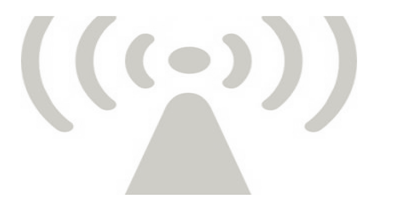With the rapid development of the information age, wireless network technology with fast and efficient structure and flexible structure has attracted more and more attention and rapid development. This paper analyzes the application status of the technology from the application types and application fields of wireless networks.
With the development of the economy and the advancement of technology, personal data communication technology has developed rapidly, and people have more and more demand for portable data terminals with powerful functions and convenient applications. Compared with the wired network, the wireless network has the advantages of convenient installation, strong mobility, low construction cost, strong expandability, strong compatibility, and multiple terminal access.

1. Wireless network application type
1) Wireless LAN (WLAN)
Users using wireless networking technology can create local wireless connections from anywhere, making it easy for users to work and communicate anywhere. In general, WLAN has two working modes. The first one is to connect the wireless station to the wireless access point in the infrastructure wireless LAN. The latter is mainly used as a link to wireless stations and existing network hubs. The second connection is that in a point-to-point wireless local area network, multiple users in a limited area (such as an office) can directly establish a temporary network without accessing the access point without accessing network resources.
2) Wireless Wide Area Network (WWAN)
The current wireless WAN technology is known as the second generation of communication systems, and 2G systems. Through this technology, users can establish a wireless connection on a remote public network or a dedicated network, and realize that the connection covers a large geographical area. The components of the 2G system are mainly Code Division Multiple Access (CDMA), Cellular Digital Packet Data (CDPD), and Global System for Mobile Communications (GSM).
3) Wireless Metropolitan Area Network (WMAN)
With a wireless metropolitan area network, users can establish wireless connections in multiple locations in the city, such as multiple campuses in a city or multiple buildings on the same campus. Wireless metropolitan area networks use radio waves or infrared light waves for data transmission. The coverage area of the network is large, up to 50 kilometers, so the signal power and signal-to-noise ratio received in different places will be quite different.
4) Wireless Personal Network (WPAN)
Users can create temporary wireless communications for personal operating spaces via wireless personal network technology. The personal operating space generally refers to the space range centered on the individual, with a maximum distance of 10 meters. Bluetooth technology is a cable replacement technology that uses radio waves to transmit data within 30 feet. This data can pass through walls, file pockets and other obstacles.
2. Application fields of wireless networks
As a new technology that conforms to the information age, wireless network technology has rapidly expanded its application areas in its continuous updating and development. The application of the wireless network can generally be divided into indoor and outdoor. The former mainly includes hospitals, factories, offices, shopping malls, conference rooms and securities markets; outdoor wireless network applications mainly include school campus network, industrial and mining enterprise regional information management network, urban traffic information network, mobile communication network, military mobile network, etc. .


没有评论:
发表评论